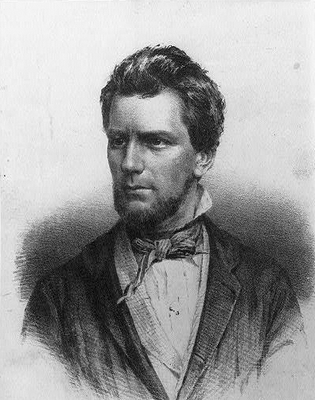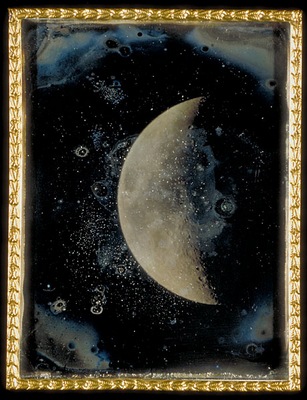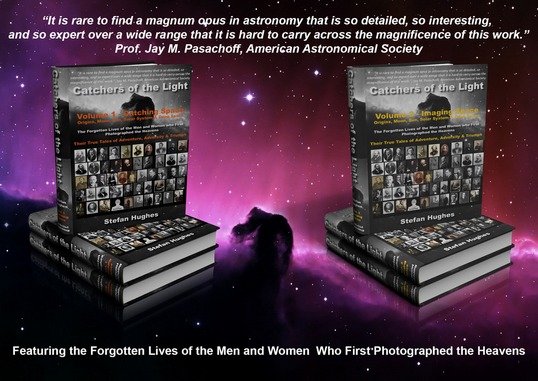'The American Pioneer'

Born: 10th September 1822; Grafton, Massachusetts, USA
Died: 10th April 1891; Cambridge, Massachusetts, USA
John Adams Whipple not only made significant contributions to the development of early photography, he was also one of the great pioneers of Astrophotography. It is likely that he was the first person to successfully image a planet, when he obtained Daguerreotype images of Jupiter in 1851. His planetary images preceded those of the Henry Brothers by over thirty years. Sadly the photographic plates have not survived.
Today the name of John Adams Whipple (1822-1891) is largely forgotten; his work is confined to the past like that of so many other early pioneers of photography. Yet in his day he was celebrated for his achievements not only in being one of the first Americans to practice Photography, but to use this new ‘art form’ for scientific purposes:
“In looking back upon this early period in the history of photography, we find it claiming the attention of our most learned scientists as an aid to the study of the sciences, particularly in astronomy and terrestrial phenomena, anatomy and diseases, and proved of great aid in their study. The most notable practical Daguerreians, who devoted most of their time in investigating photography as an aid to science and the fine arts, and gave the most practically valuable results, were Messrs. Whipple and Black, of Boston, who spent much time and money in their experiments. They accomplished feats in telescopic photography that were a marvel at that time, and which gained for them a high reputation throughout the scientific world. We are indebted to them largely for the position that photography took in its application to scientific investigation, particularly after the discovery of the collodion film.”
The work of John Adams Whipple was seen by the general public at the very first ‘World’s Fair’ held in 1851 at the Crystal Palace, London; where he exhibited prize winning Daguerreotype photographs of the Moon. He was one of only a small number of Americans to exhibit photographs at the Exhibition and one of the three to be awarded a medal.
Over a ten year period, John Adams Whipple collaborated with William Cranch Bond and his son George Phillips Bond, the first two Directors of the Harvard College Observatory in the earliest investigations into Stellar Astrophotography:
“About seven years since (July 17, 1850,) Mr. WHIPPLE obtained daguerreotype impressions from the image of alpha Lyrae formed in the focus of the great equatorial …”
In 1851, he took some Daguerreotype images of the planet Jupiter which purportedly showed its famous ‘belts’. If this is so then he was the first person to photograph a planet.
He was one of the truly great pioneers of Astrophotography.
To read more on his life and work read the eBook chapter on John Adams Whipple or buy the Book 'Catchers of the Light'.

Daguerreotype Photograph of the Moon at 'First Quarter', John Adams Whipple, 26th of February 1852

Buy the eBook or Printed Book at the 'Catchers of the Light' shop.